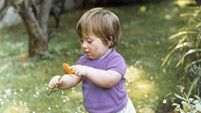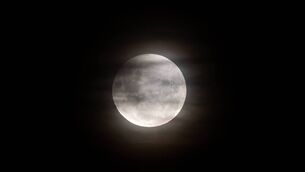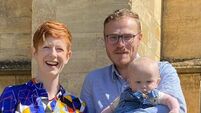Prevention key to fighting cancer
The fact that the WHO, through IARC, has officially recognised the possibility is extremely important.
The article, by associating phones with coffee in the first sentence immediately serves to downgrade the warning, with possible serious consequences.














